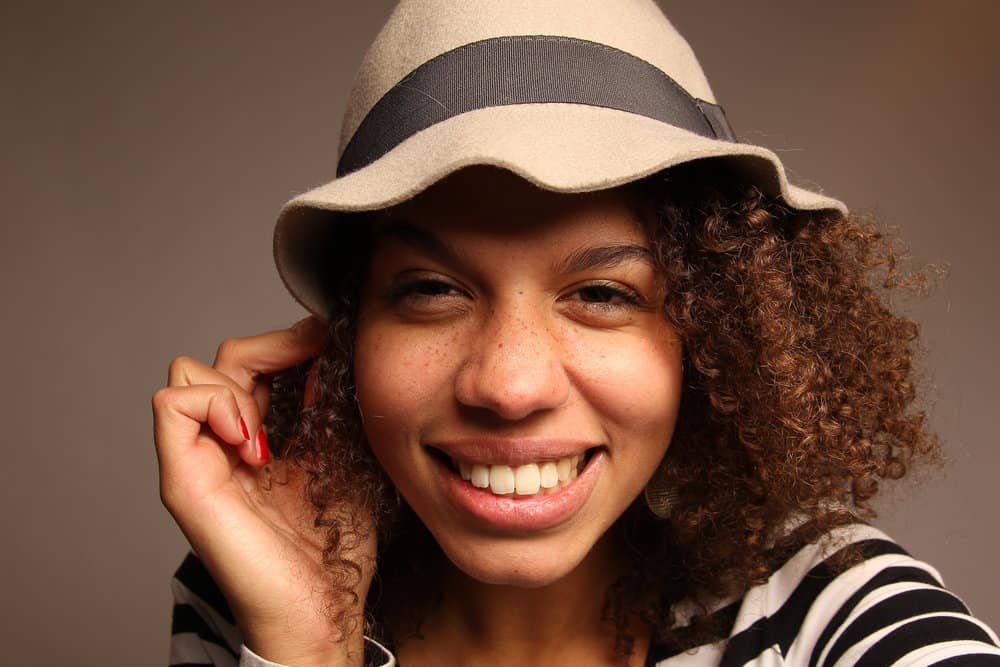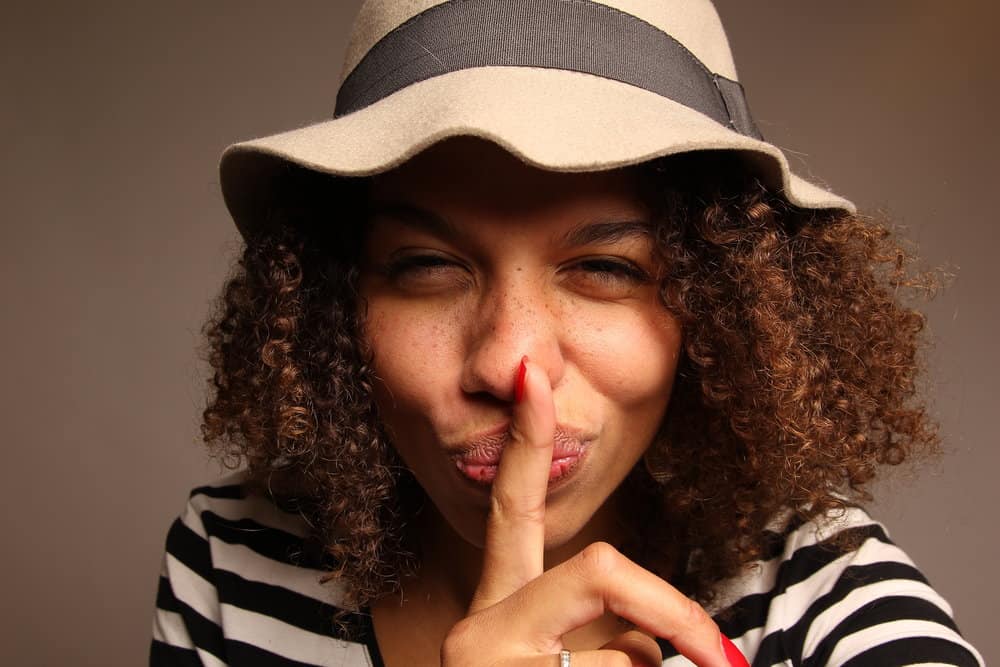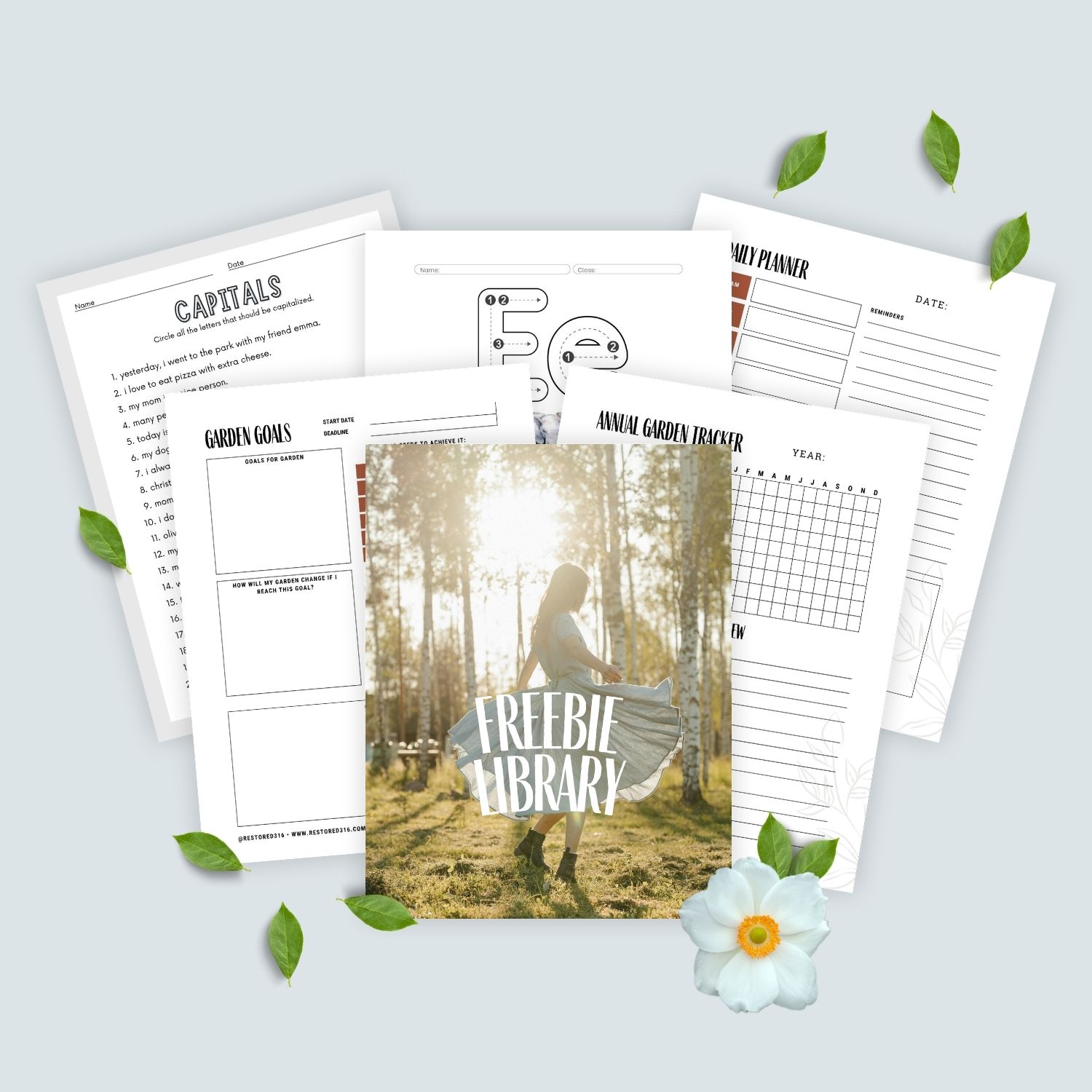Does Wearing a Hat Cause Dandruff? Baseball cap? Everyday?

Wearing a hat is an excellent way to express yourself, protect your skin from the sun, or hide a not-so-good hair day. Because of their widespread appeal and usability, it’s easy to find an excuse to wear a hat.
But if you’ve done any research lately on hats and scalp health, then you may have heard that wearing hats can cause dandruff. Could this be true? Does wearing a hat cause dandruff?
Or, do many dandruff sufferers simply wear hats?
That’s what we’ll examine in this article. We’ll dive into whether wearing a hat causes dandruff and provide you with tips on keeping your scalp flake-free.
Table of Contents
Does Wearing A Hat Cause Dandruff?
The good news is that wearing a hat doesn’t automatically mean you’ll get dandruff. Dandruff is caused by an overgrowth of a microscopic fungus. Although the yeast-like fungus occurs naturally on most people’s scalps, our immune systems typically keep the population under control.
Hats (or caps) don’t introduce fungus to your hair, so most people can wear them without issue. However, even though a hat won’t cause dandruff, it can cause you to have a flare-up or otherwise worsen a pre-existing condition.
When it comes to exacerbating dandruff, some types of hats are worse than others. Caps that are extremely thick or tight-fitting prevent airflow from reaching your scalp and increase your chances of sweating.
Since the sweat has nowhere to go and can’t evaporate, it will build up underneath your cap and create a warm, moist environment that provides the fungus with perfect breeding conditions.
Other things to watch out for are wearing your hat for an extended time and not cleaning it often enough. Sweat, oil, and dirt can build up on your cap and increase your chances of having a dandruff flare-up.
Ideally, you should wash your hat after every few wears, especially if you were sweating while it was on. By taking the proper preventative measures, you can avoid all of the flake-related issues wearing a hat can cause.

Other Issues Hats Can Cause
Though hats can cause your dandruff to flare up (or worsen existing dandruff), it’s far from the only issue. We’ll look at the other problems that wearing a hat can cause below.
Keep in mind that most of these are avoidable if you choose a hat that fits well and wash it often.
- Hats that are too tight can lead to tension alopecia or hair loss.
- Excessive sweating can cause your scalp to become dry.
- Tight-fitting hats (like some baseball caps and cowboy hats) can lead to hair dryness and breakage.
- Hats absorb oil and hair products, which can contribute to acne and breakouts.
- Repeatedly wearing a dirty hat may lead to scalp and skin infections.
3 Things That Do Cause Dandruff
Although hats don’t cause dandruff, there are a few other things that do. Here are some of the things you’re doing that can cause or aggravate dandruff.

Not Washing Your Hair Accessories Regularly
Dandruff is caused by a yeast-like fungus that feeds off the oils naturally produced by your scalp. When you put dirty hair accessories onto your hair, you’re potentially reintroducing yeast to your clean scalp.
Not washing your brushes, pillowcases, hats, and hair ties can make your dandruff worse and more challenging to treat. If something comes into contact with your hair and scalp for a prolonged period, try to wash it after every few uses.
Extreme Temperatures
Both extreme cold and heat can cause your dandruff to flare up. Hot, humid air causes you to sweat more, which can throw your scalp’s oil production into overdrive.
Since the fungus that causes dandruff feeds on these natural oils, an oilier scalp often means more flakes. On the other hand, cold winter weather dries your skin out. When your scalp becomes dry, it usually tries to overcompensate by pumping out more oil.
Another reason winter is closely associated with increased dandruff is that many people spend more time indoors during cold weather. Cranking up the warm, dry hair can further add to your dry, flaky scalp.

Not Washing Your Scalp Regularly
Not washing your hair regularly (or often enough) can cause a buildup of dead skin cells and oil. As the yeast feeds on them, their population explodes and leaves you with a flaky scalp.
Washing your hair eliminates the fungus’s food source, but only if you do it properly.
When you shampoo your hair, don’t focus all of your attention on your strands. Instead, use your fingertips to massage each section of your scalp gently.
Don’t rush through the process, and try to remove as much dead skin and oil as possible. In addition to minimizing dandruff, thoroughly massaging your scalp can increase hair growth, thickness, and resilience!
4 Ways to Prevent Dandruff
Now that you’re familiar with what causes dandruff, the next step is learning how to prevent it. Here are four of our top tips for avoiding dandruff. Keep them in mind whenever you notice your scalp is starting to look a little flakier than usual.
Control Your Stress
Although stress won’t directly cause dandruff, it can worsen your symptoms. High and sustained levels of stress suppress your immune system.
Since your body cannot effectively fight off the fungal invaders, their population will explode and leave you with the dreaded white flakes. Looking for a few ways to control your stress levels?
Consider adding the following stress-reducing activities to your daily or weekly routine.
- Yoga
- Deep breathing exercises
- Meditation
- Journaling
- Quality time with pets, friends, and family

Exfoliate Your Scalp
Exfoliating your scalp removes the top layer of dead skin cells, dirt, and residual product that regular shampoo leaves behind. You can choose a physical exfoliant, like scrubs, or a chemical exfoliant that uses small amounts of acid to break down dead skin.
For the best results, exfoliate your scalp right after you’ve rinsed out your shampoo. Gently massage your preferred exfoliator into your scalp and massage it into your scalp using small, circular movements.
We encourage you to read your specific exfoliant’s packaging to learn how to use it.
But in most cases, you’ll let the exfoliant sit for a few minutes. Then, rinse well with warm water and apply your favorite conditioner to help restore moisture.
Exfoliating your scalp once every week or two can help improve hair growth and decrease your chances of developing scalp issues like dandruff.
Use an Antifungal Shampoo
Specialized anti-dandruff shampoos are an easy, inexpensive, and effective way to keep your scalp healthy and prevent dandruff. You can choose between over-the-counter shampoos or ask your doctor for a prescription.
While over-the-counter options can handle mild to moderate dandruff symptoms, prescription antifungal shampoos have a more concentrated formula and help treat severe dandruff.
Don’t have an antifungal shampoo on hand?
Simply add a few drops of tea tree oil to your favorite shampoo the next time you wash your hair. Tea tree oil has antifungal and antimicrobial properties that can reduce the severity of your scalp troubles and leave your strands nice and clean.
Change Up Your Diet
Certain foods can trigger inflammation and lead to dandruff flare-ups. Conversely, eating a nutrient-rich diet and getting plenty of water soothes your scalp from the inside out.
Avoid inflammatory foods like sugar, alcohol, and simple carbohydrates if you want to minimize dandruff. Instead, try to increase your consumption of anti-inflammatory foods like:
- Leafy greens
- Fruits
- Fatty fish
- Tea and coffee
- Dandruff Even After Washing Hair
- Can Olaplex Cause Dandruff?
- How to Get Rid of Dry Scalp With Dreads
- Dandruff Build-Up in Braids
Although wearing a hat comes with some risks, you can avoid them by choosing the right hat and washing it regularly. If you do happen to notice dandruff, treat it right away before it has a chance to worsen.
We hope this article has given you the information you were looking for and provided you with all the tools you need to keep your locks gorgeous and flake-free.







